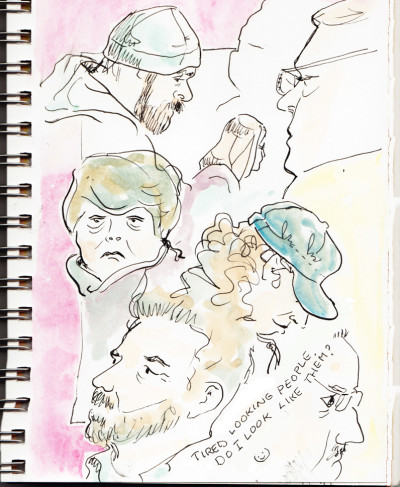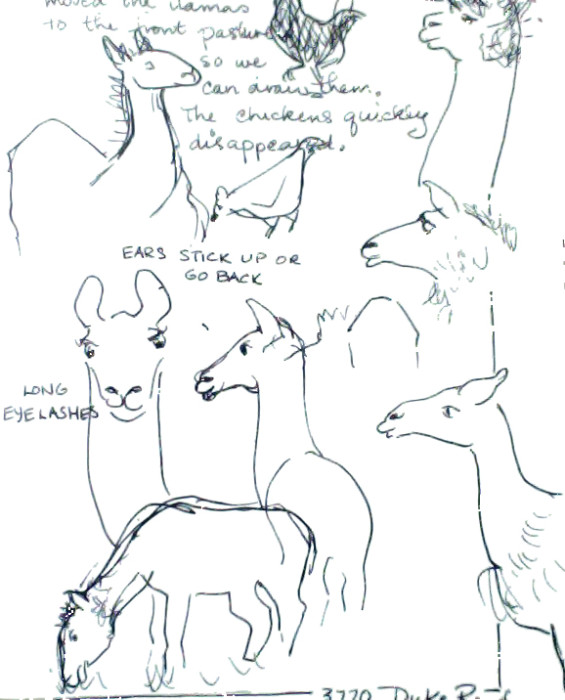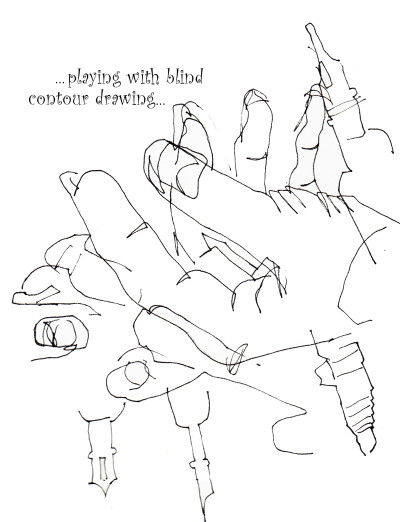I’m not generally an eye roller but when people say to me, “I can’t draw”, like the ability to draw is something some of us are born with and others are not, I have to mask impatience from showing up on my face.
When a coffee shop customer comments on the sketches of the espresso sipping models that I have just recorded in my sketchbook, what I generally hear is, “Wow, you’re talented. I wish I could draw.” What I don’t hear is, “Wow, that’s good, you must have been studying books on drawing, paying for lessons, learning from your mistakes and investing hours and hours into your craft for over 30 years.”
I get the, I can’t draw, statements. In the past I’ve heard myself talk that way, saying, I can’t sing or I wish I could play the marimba, pounding on the wooden bars with long handled, colourful mallets, creating amazing sounds, when the only musical training I’ve ever enrolled in were university education classes for teaching music to young children.
You Learn What You Practice
In my former life as a schoolteacher, I had a repeating mantra. You learn what you practice. If you want to be good at something, you have to practice. To reach the same skill level, some may have to practice for a longer time and some for a shorter time but we all gain proficiency by repetition. During this process, we may discover that a few do have extra brilliance but for most, it’s about putting in the hours.
Comparing your drawing results to the works of others, wishing you could draw, declaring you can’t, trying for a time and saying you don’t have the gift, you’re not talented enough, or not doing anything due to the fear that your pages will be full of unrecognizable scrawls or of what others might think of you and your efforts, will not improve your expertise.
A Playful Approach
If you’re new to drawing, it’s helpful to imagine yourself in a playground rather than an art gallery. A playful approach will give you space to explore a subject, investigate its characteristics, and build an understanding of how it’s put together.
Play is engaging in an activity for enjoyment rather than for practical purposes. So play with different ways of putting lines on paper, of observing and discovering what’s in front of you, play with different art supplies and ways of using them.
Forget about results, showing your work to others or seeking permission and approval. The ability to draw is not a package that you wait for and it suddenly arrives in the mail. It’s a lovely, learning adventure that requires you to slow down, look around, focus on one thing, stare at it and record bits of it with lines, shapes, colors and textures. Do this often enough and you’re drawing.
Join my mailing list for more drawing and illustrated journaling tips and receive a free copy of my ebook to help you on your way.



I love this post!! Love the llamas, too.